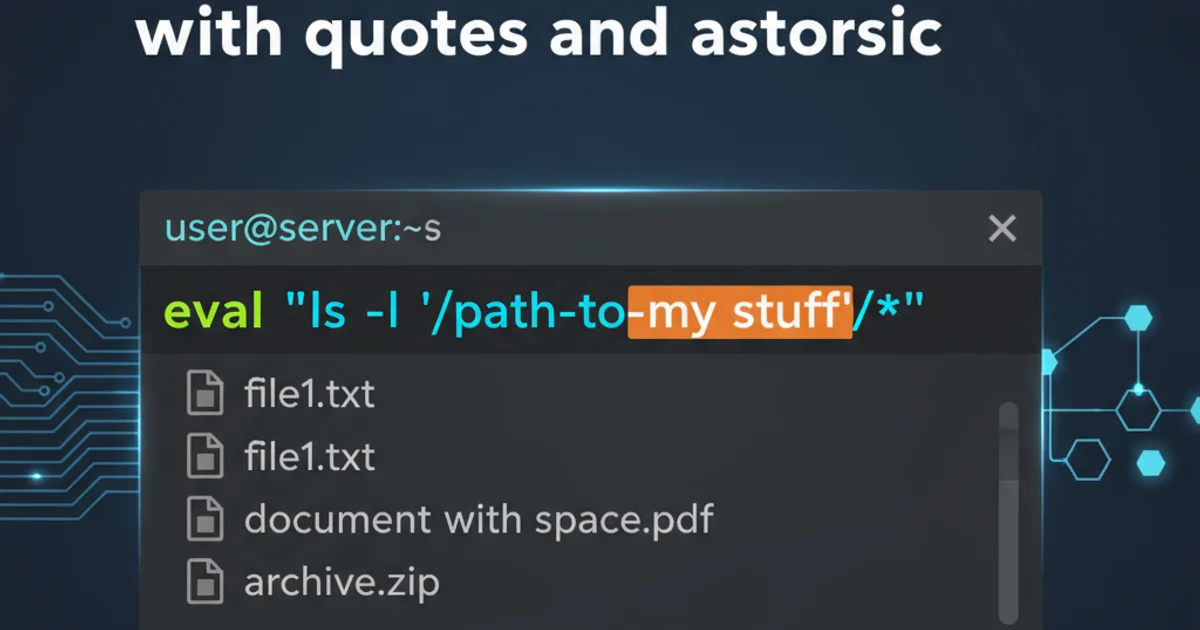What is IP address '::1'?
Categories:
Understanding '::1': The IPv6 Loopback Address

Explore the meaning and function of '::1', the IPv6 loopback address, its role in network diagnostics, and how it compares to its IPv4 counterpart, '127.0.0.1'.
In the world of networking, special IP addresses serve specific functions beyond identifying unique devices on a network. One such address is ::1, which plays a crucial role in IPv6 environments. Often encountered during development, testing, or troubleshooting, understanding ::1 is fundamental for anyone working with modern network protocols. This article will demystify ::1, explain its purpose, and demonstrate its practical applications.
What is '::1'?
::1 is the IPv6 loopback address. Just as 127.0.0.1 serves as the loopback address for IPv4, ::1 fulfills the same function for IPv6. It represents the local host, or 'this computer', allowing a machine to send network traffic to itself without involving external network interfaces or hardware. This self-referential address is essential for testing network applications and services locally.
::1 notation is a shorthand for 0:0:0:0:0:0:0:1. IPv6 allows for the compression of consecutive zeros, making the address much more readable and manageable.Purpose and Use Cases
The primary purpose of the loopback address is to provide a standardized way for a device to communicate with itself. This capability is invaluable for several reasons:
- Application Testing: Developers frequently use
::1to test client-server applications on a single machine. A server application can bind to::1, and a client application can connect to it, simulating network communication without needing a physical network connection. - Network Service Validation: Before deploying a service to a production network, administrators can use
::1to verify that the service is running correctly and listening on the expected ports. - Security: Traffic sent to
::1never leaves the local machine. This ensures that sensitive testing or diagnostic traffic remains isolated and does not expose services to the external network. - Performance Testing: While not a substitute for real-world network conditions,
::1can be used for initial performance benchmarks of local services, as it eliminates network latency as a variable.
flowchart TD
A[Application on Host] --> B["Sends Request to '::1'"]
B --> C["IPv6 Stack (Loopback Interface)"]
C --> D["Request Delivered to Application on Host"]
D --> E[Application Processes Request]
E --> F["Sends Response to '::1'"]
F --> C
C --> G["Response Delivered to Application on Host"]
G --> AFlow of data using the IPv6 loopback address ::1
Comparing '::1' (IPv6) and '127.0.0.1' (IPv4)
While ::1 and 127.0.0.1 serve identical logical functions, they operate within different IP protocol versions. Modern operating systems and applications often support both IPv4 and IPv6 simultaneously, a concept known as 'dual-stack'.
When an application attempts to connect to a loopback address, the operating system's network stack determines which version to use based on the address format and the application's configuration. If an application is configured to listen on ::1, it will only accept IPv6 loopback connections. Similarly, 127.0.0.1 is exclusively for IPv4 loopback.
It's important to note that some applications might listen on 0.0.0.0 (IPv4 any address) or :: (IPv6 any address), which can include loopback traffic for their respective protocols. However, explicitly using ::1 or 127.0.0.1 guarantees that the traffic is directed to the loopback interface for the specified protocol.
127.0.0.1, attempting to connect to ::1 will fail, and vice-versa. Ensure your application and client are using the correct IP version for loopback communication.Practical Examples in C#
In C#, working with ::1 involves using the System.Net namespace, particularly the IPAddress class. You can parse ::1 into an IPAddress object and use it for network operations.
using System;
using System.Net;
using System.Net.Sockets;
public class LoopbackExample
{
public static void Main(string[] args)
{
// Get the IPv6 loopback address
IPAddress ipv6Loopback = IPAddress.IPv6Loopback;
Console.WriteLine($"IPv6 Loopback Address: {ipv6Loopback}");
// Verify if an address is loopback
IPAddress testAddress = IPAddress.Parse("::1");
if (IPAddress.IsLoopback(testAddress))
{
Console.WriteLine($"{testAddress} is a loopback address.");
}
// Example: Creating a TCP listener on IPv6 loopback
try
{
TcpListener listener = new TcpListener(ipv6Loopback, 8080);
listener.Start();
Console.WriteLine("TCP Listener started on ::1:8080");
// In a real app, you'd accept clients here
listener.Stop();
}
catch (SocketException ex)
{
Console.WriteLine($"Error starting listener: {ex.Message}");
}
}
}
C# code demonstrating how to use IPAddress.IPv6Loopback and IPAddress.IsLoopback.
This example demonstrates how to retrieve the IPAddress object for ::1 using IPAddress.IPv6Loopback and how to check if an address is a loopback address using IPAddress.IsLoopback. It also shows a basic setup for a TcpListener binding to the IPv6 loopback address, which is common for local service testing.